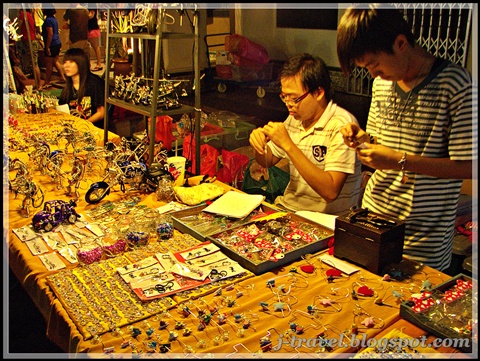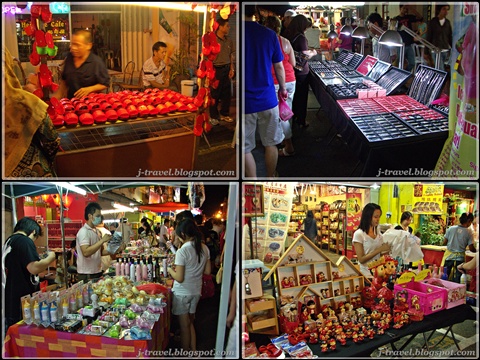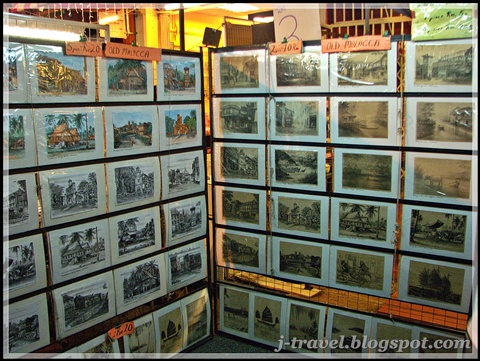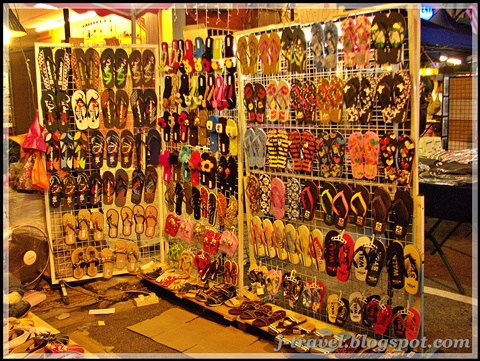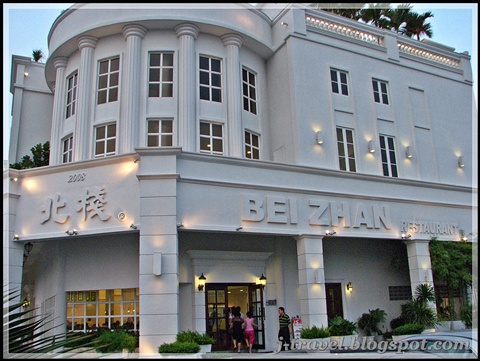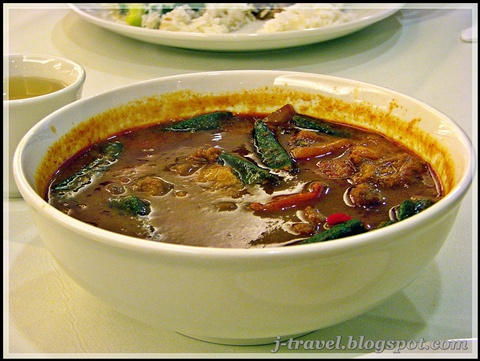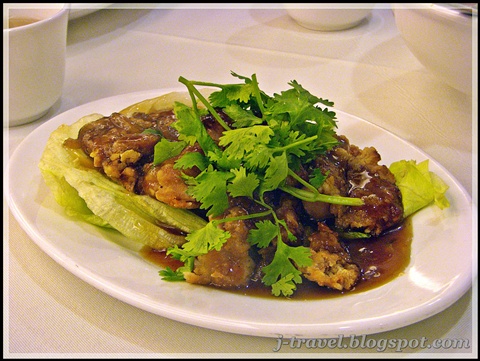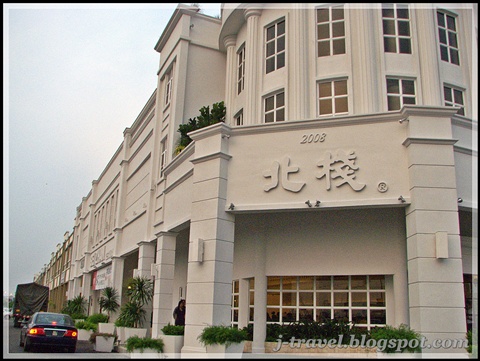The crowded Jonker Street night market is available on every Friday, Saturday. Sunday & Public Holiday. The culture is unique and created chances for us to visit and for others to survive.
 The top left : Geographer Cafe (I can't stop myself to snap on the colonial structure everytime I pass by....
The top left : Geographer Cafe (I can't stop myself to snap on the colonial structure everytime I pass by....The bottom left : This shop selling many handicraft ship (I bought one Portugal War Ship from here)
Beside the stalls above selling those unique items, there are also some local foods stalls available along the Jonker Street. Below are some of the photos...
 Top left : Famous 'Knock-knock' Candy. You can hear the knocking sound even 150 meters away. It's located close to Geographer Cafe.
Top left : Famous 'Knock-knock' Candy. You can hear the knocking sound even 150 meters away. It's located close to Geographer Cafe.There is one very old building which is the Hokkien Association (Hokkien Huay Kuan in Hokkien dialect) located somewhere along the street. I love to see the architecture slowly every time I walk pass. This building has a Karaoke session for the seniors during the night.
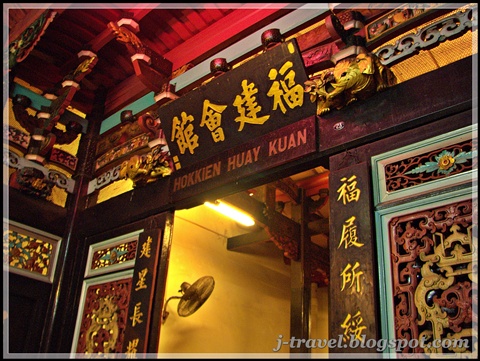
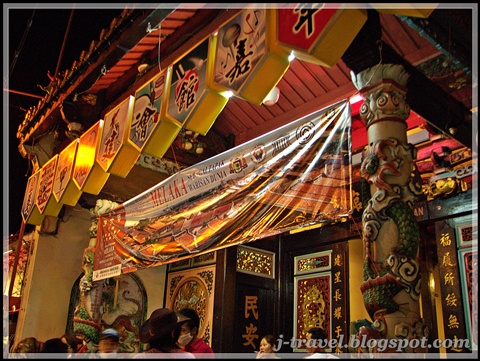
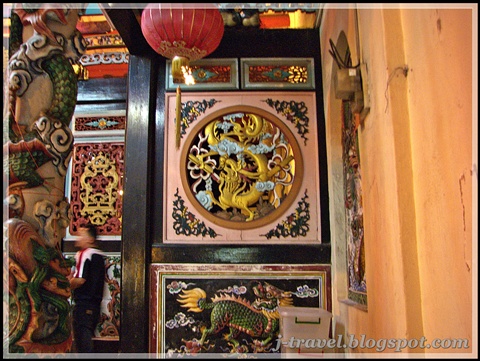
Almost at the end of the street, there are some outdoor performance by senior to entertain the visitors and tourist of the night market.
We parked our car just opposite the Fire Station for MYR3.00 per entry. When we wanna leave, there was alarm trigger and the Fire Brigade on ACTION!!
 The night market will close on 12 midnight. The stalls will pack everything and the street will be silent after 1am.....
The night market will close on 12 midnight. The stalls will pack everything and the street will be silent after 1am.....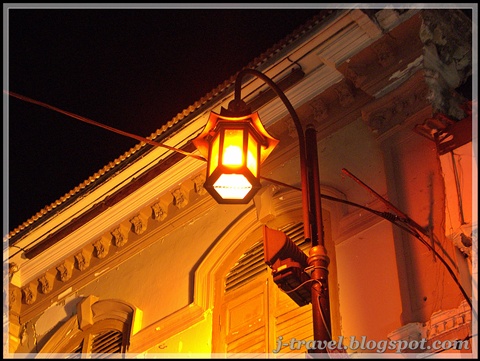
Related post :-
* Jonker Walk Night Market, Malacca (Melaka)
* Dinner at Jonker Street, Malacca 2009
MY TRIPS - Home



